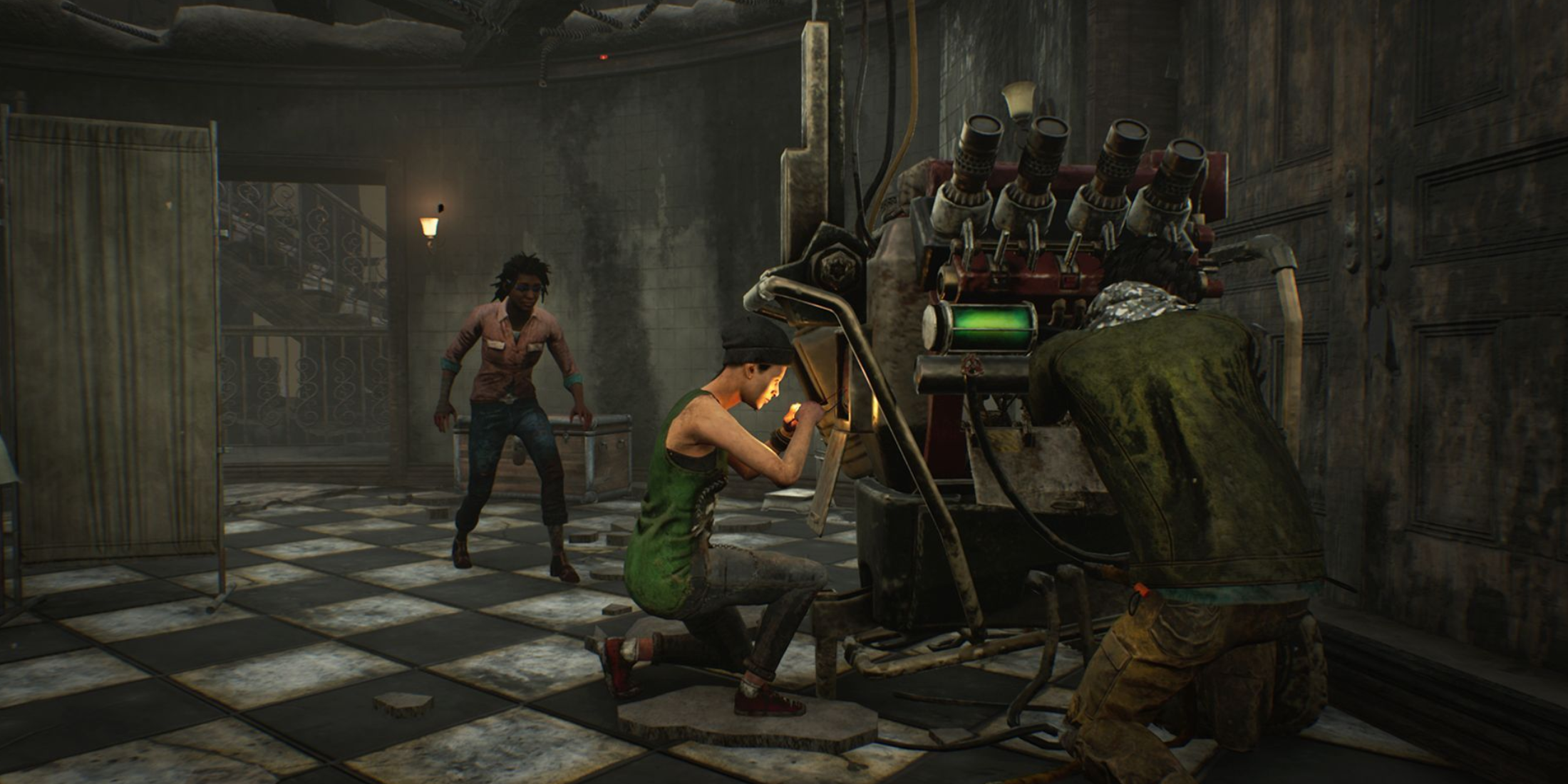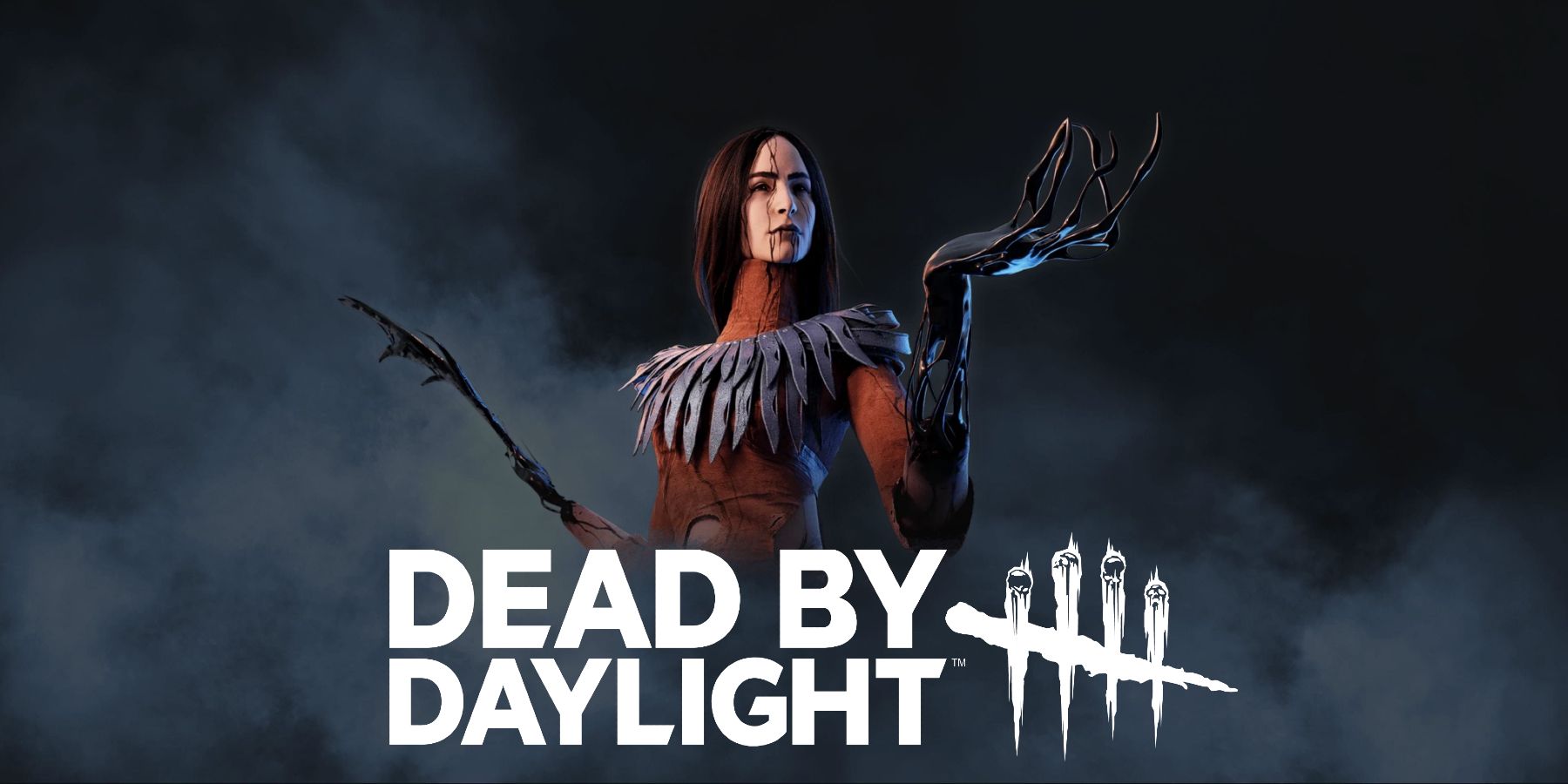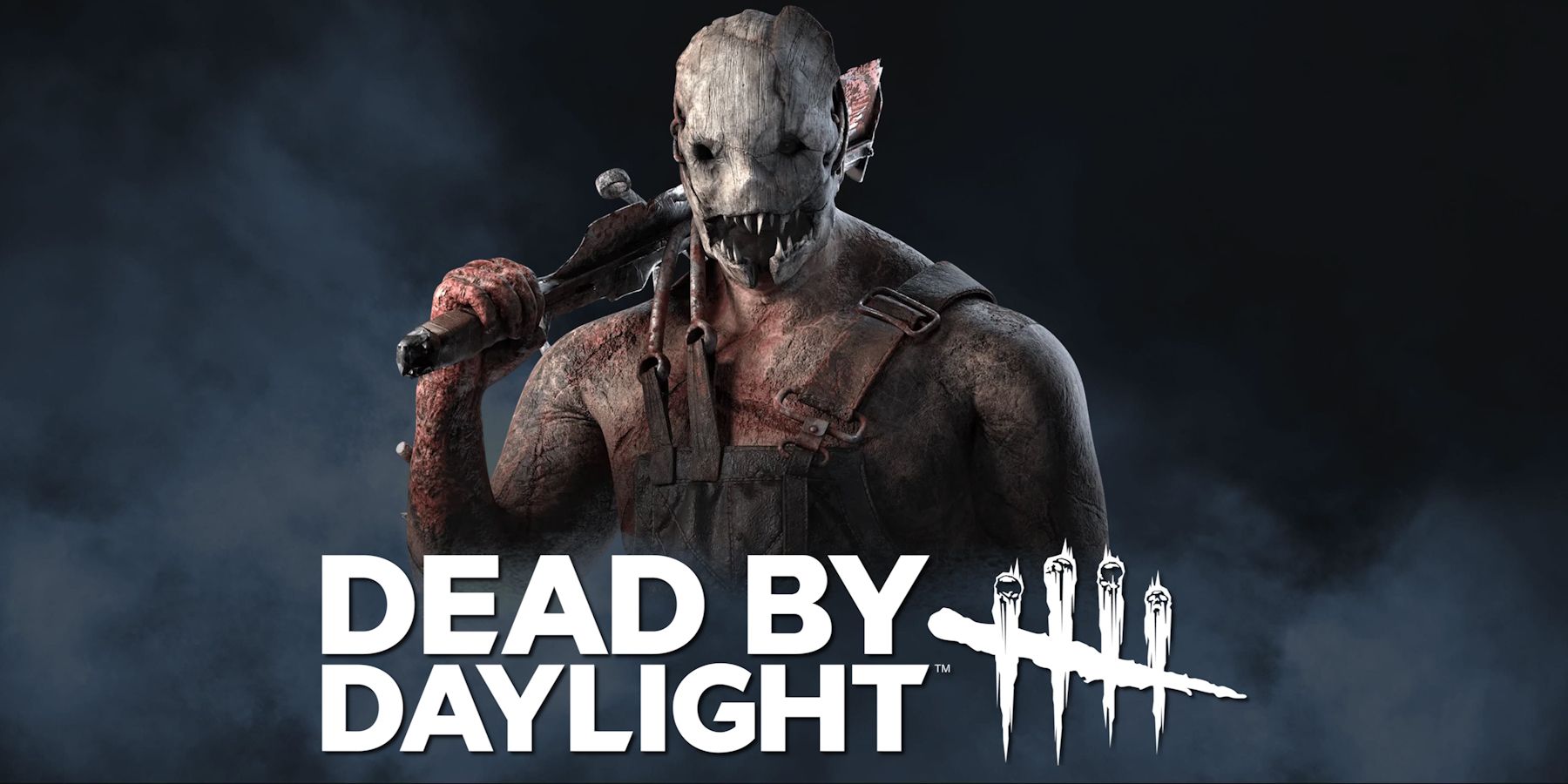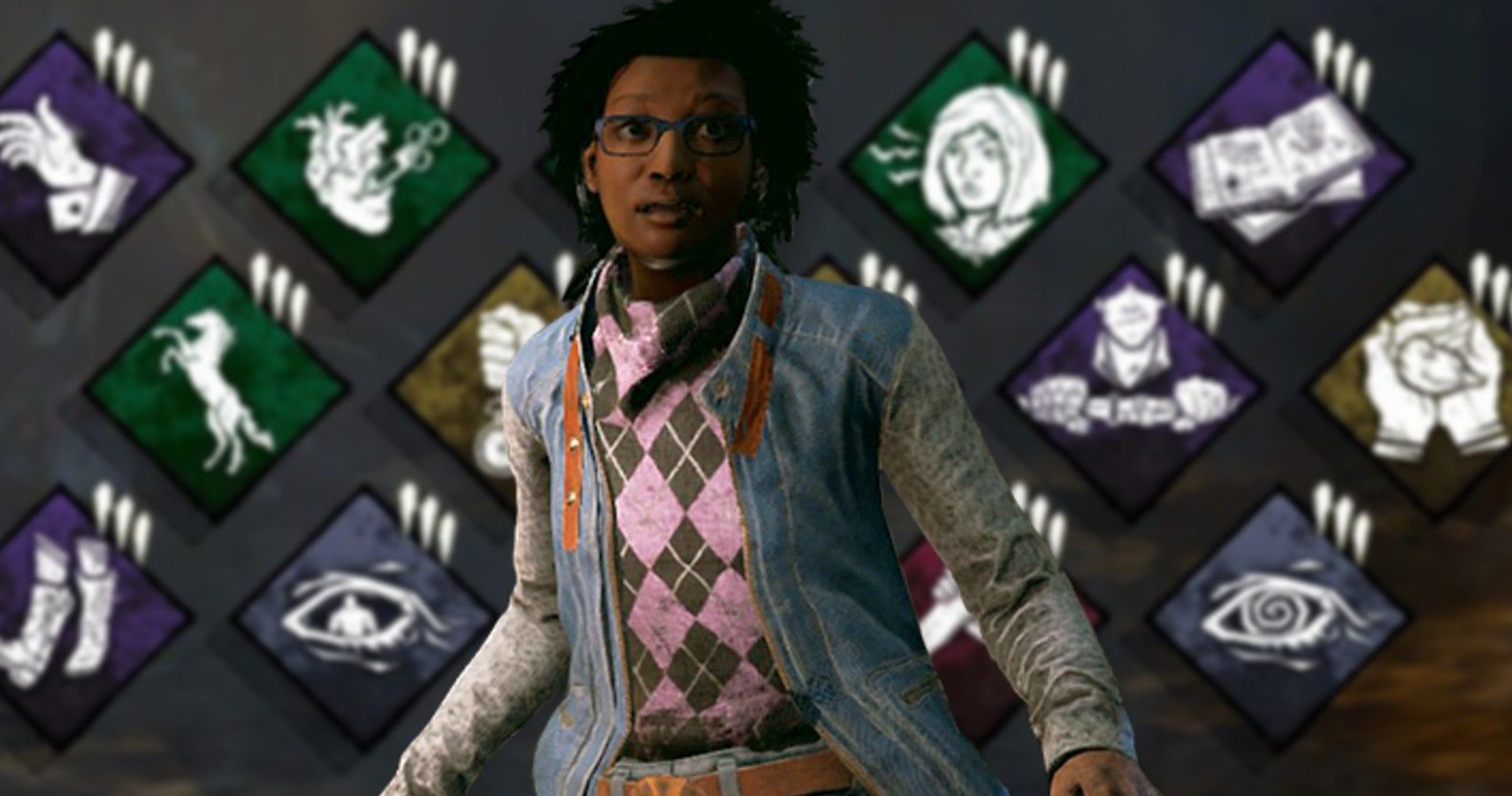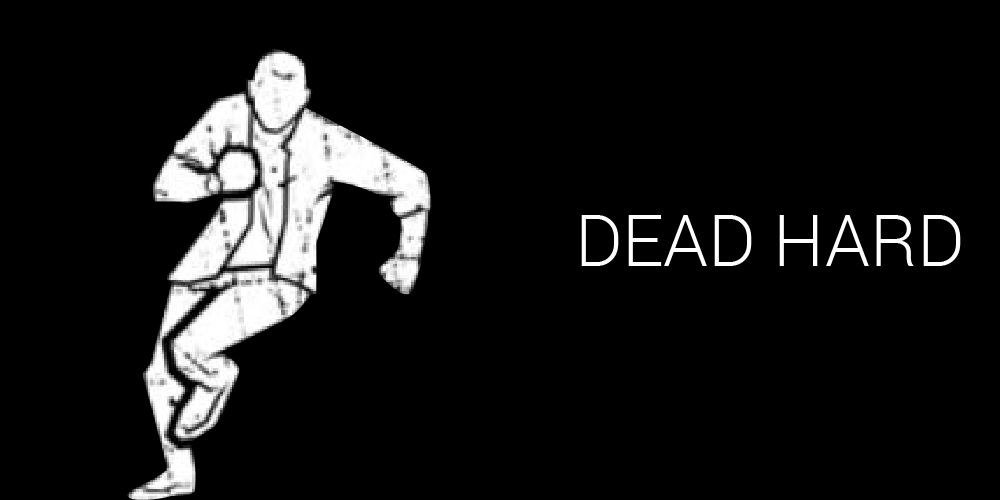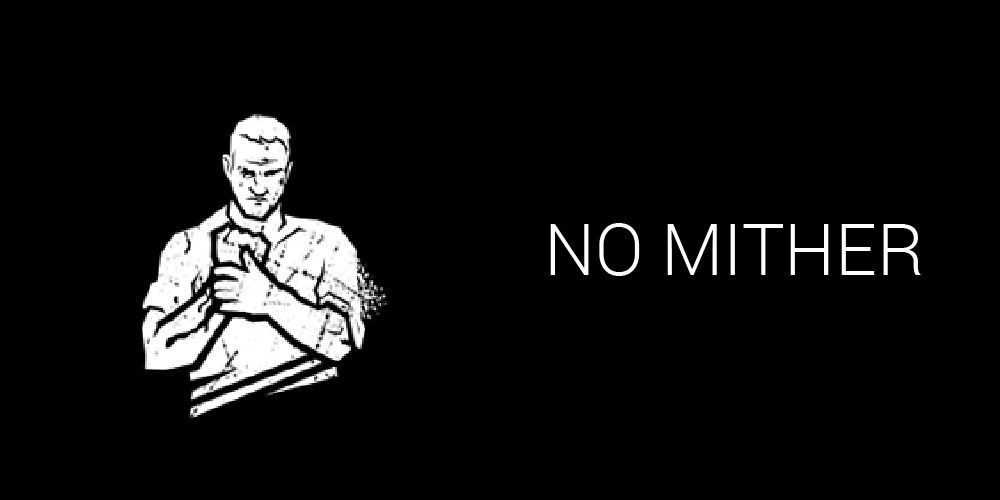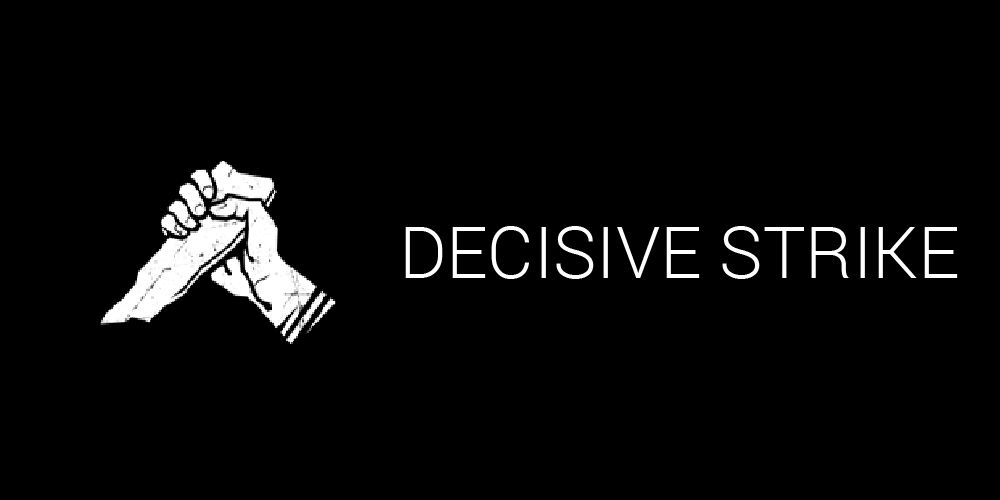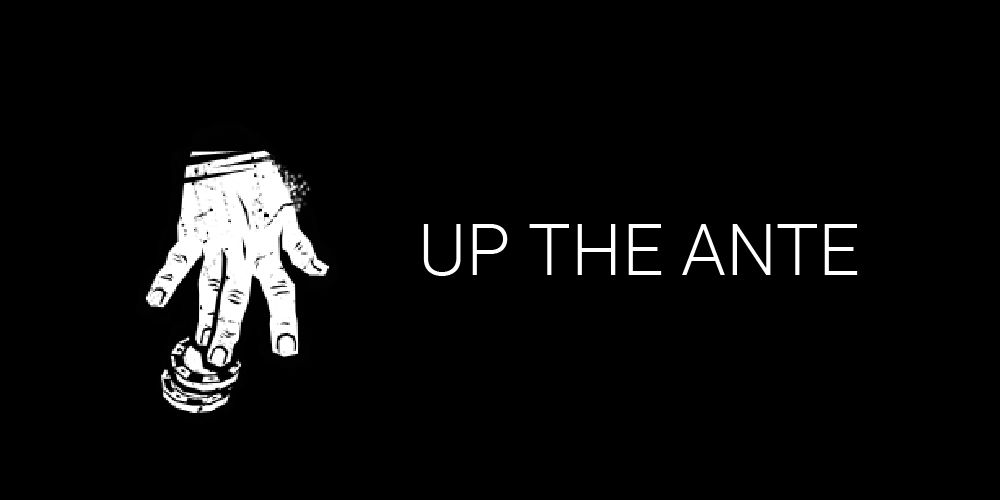The hit survival-horror game Dead By Daylight boasts an extensive roster of playable survivors. Each of these survivors offer 3 unique perks that can be acquired through the use of in-game currency, and eventually taught to other survivors in addition to initial perks that are available to all survivors. As characters level up with bloodpoints, a maximum of four survivor perks can be equipped at once.
With 21 survivors currently available (and more to come), there is a myriad of perks to choose from to create the perfect survivor-build. By combining items with specific perks, players can curate their survivors to fit their own unique playing style. However, when analyzing the effectiveness of each perk, there is a clear distinction between perks that are essential, and perks that are never worth filling those precious few perk slots with. Here are the five most and five least essential perks a survivor needs to win Dead by Daylight.
10 ESSENTIAL: Dead Hard
Dead Hard is a David King perk that is universally accepted as one of the best survivor perks in the game. When in the injured state, players can press the secondary-action button to rush forward and gain brief invincibility. The action puts the player into the exhausted state, and the tier of the perk determines the perk's cool-down rate.
Dead Hard is so invaluable because, if mastered, it essentially gives the player an escape route that can be used at any time during a chase. This can guarantee access to a palette, longer distractions, and even making it into the exit gate if the killer is guarding it at the end-game.
9 NON-ESSENTIAL: No Mither
No Mither is the opposite of Dead Hard. Another David King perk, the player is begins the match in the injured state and cannot recover into the healthy state. The trade off is that the player will not leave trails of blood, and can recover from the dying state into the injured state without outside help.
While the benefits of this perk are great, the killer will always know the survivor who is using No Mither because it indicates that the survivor is using it at the start of the match. As such, the ability to recover from the dying state is nullified because the killer will likely know to always immediately hook survivors using the perk. The fact that it only takes one hit to be put into the dying state simply makes the match much more difficult for the survivor using the perk.
8 ESSENTIAL: Decisive Strike
A Laurie Strode perk, Decisive Strike requires skill to be used correctly, but has an excellent pay-off when performed. After being rescued from the hook, the perk is activated, and if the player is picked up again by the killer during a duration of time, a difficult skill check will be triggered.
If the skill check is successfully completed, the survivor breaks free from the killer's grasp, and the killer is stunned. If used properly, this perk can serve many functions, such as a distraction for other survivors, or the last push needed to make it through the exit gates at the end-game. A helpful hint is to use this perk as a survivor that isn't Laurie Strode, as many skilled killers will know that players using Laurie will likely have the perk equipped, and wait until the perk is no longer active before picking up Laurie after putting her into the dying state.
7 NON-ESSENTIAL: Saboteur
The Saboteur perk is acquired and taught by Jake Park. When another survivor is picked up by the killer, this perk allows the player to see the aura of all hooks within a certain range of where the killer may put that survivor. It also allows the player to sabotage and destroy hooks without a toolbox.
While this perk is effective in theory, it is extremely difficult to both predict the hook that the killer will bring a survivor and make it to the hook to sabotage it in time. Even if the hook is sabotaged, the killer can likely find another hook nearby to put the survivor. Additionally, the fact that players can simply equip any toolbox to gain the sabotage ability renders this perk useless.
6 ESSENTIAL: Self-Care
Self-Care is an extremely useful Claudette Morel perk. It allows players to heal themselves without a med-kit, while also increasing the effectiveness of healing with a med-kit. It is essential because if playing against a skilled killer, it is guaranteed that each player will enter the injured state at least once during a match.
After making an escape, players can always find a place to hide and recover at any point during a match. Self-Care is perfect even when coupled with a med-kit, for those times when med-kits deplete on use just before entering the healthy state.
5 NON-ESSENTIAL: Dance With Me
Kate Denson's perk, Dance With Me, is intended to be used when escaping the killer. When vaulting or leaving a locker, the player will not leave behind a trail for 3 seconds, after which the perk will enter into a cool-down duration. This perk isn't very effective because when leaving a locker or performing a vault, the actions are already loud and indicate to the killer where the player is located.
If the trail of the player disappeared for a longer amount of time, this perk would be more effective; however, for only 3 seconds with the addition a cool-down, the negatives of this perk outweigh the positives significantly.
4 ESSENTIAL: Empathy
Another Claudette Morel perk, Empathy is a passive perk that reveals the aura of survivors that are in the injured state. The reason that this perk is so essential is because of the range of its aura reading capability. When it is at its highest tier, Empathy can show the aura of an injured survivor upwards to 128 meters away.
This allows players to see where other survivors across entire maps. With this, players can always have a gauge of where the killer is on the map based on who they have injured/are chasing, where players can go to find other survivors for healing, or the locations of generators/gates that are being worked on by injured survivors.
3 NON-ESSENTIAL: Sole Survivor
The Sole Survivor perk is a passive Laurie Strode perk that activates as other survivors fall prey to the killer. There are many reasons why this perk should be avoided. First, it can take a while until the perk is even activated, since a survivor must be sacrificed or killed until it is initiated. When it is activated, the actual effect isn't even very helpful.
Sole Survivor only disrupts the aura-reading capability of killers within a certain range. Most of the time, however, killers aren't relying on reading the aura of survivors, and instead track survivors based on blood trails or noise cues.
2 ESSENTIAL: Spine Chill
Spine Chill is a perk that is initially available to all survivors and is effective in almost any survivor-build. The perk is passive and does not have a cool-down, and alerts the player when the killer is looking in their direction within a certain range.
This is extremely effective for players to know when to make an escape from an objective or to determine whether or not they are being chased. The lack of a cool-down allows the player to make use of this perk many times during a match.
1 NON-ESSENTIAL: Up The Ante
The reason why the Ace Visconti perk Up The Ante is so ineffective is because it relies on an element of the game that is very arbitrary: luck. While the perk is passive and is always active based on the amount of survivors still alive, the amount in which it supports survivors is very abysmal--only granting a 3% bonus to luck for all survivors at best.
Luck affects certain elements of a match, such as the rarity of items that survivors find in chests, and the likelihood of escaping from hooks, but overall, the extremely small boost in luck gained from this perk is better off being passed up for a more helpful alternative.

